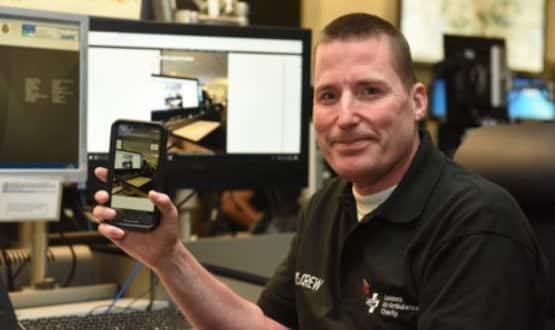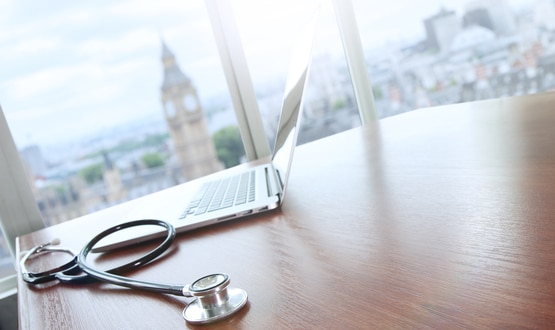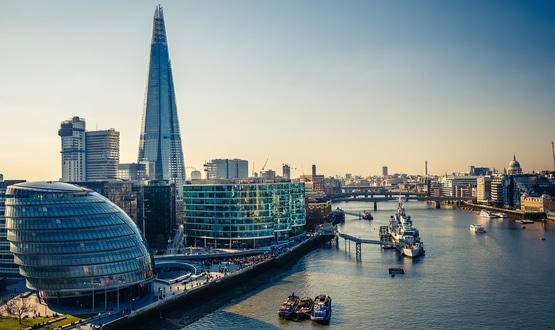Paramedics using 999 callers’ phones to get footage from serious incidents

London Ambulance Service paramedics are using 999 callers’ mobile phone cameras to get on-scene footage from serious incidents before they arrive.
In the first use of the technology in the capital, trauma paramedics in the London Ambulance Service control room can request remote access to callers’ phone cameras so they can quickly understand a patient’s injuries and what resources are needed.
If a caller gives permission, they are sent a link via text message which, once clicked on, sends a stream from their camera phone to the medics in the control room.
Called GoodSAM Instant-on-Scene, the technology is capable of enabling medics to measure the pulse of an individual from the video, as well as being able to instantly locate the caller’s whereabouts.
If required, medics can then dispatch London’s Air Ambulance to the scene.
On average, London’s Air Ambulance is dispatched to five critically injured patients each day. The GoodSAM Instant-on-Scene platform has been used 67 times since it was introduced in October 2019 and is already helping London’s Air Ambulance trauma paramedics help patients within seconds and prioritise resources.
Dr Fenella Wrigley, chief medical officer for the London Ambulance Service, said: “This technology is ground-breaking in London Ambulance Service and is already making an impact helping the most critically injured people in the capital.
“Viewing the scene ‘live’ on video helps ensure specialist resources, like the London’s air ambulance, are sent to where they are needed the most. The technology helps clinicians assess the patient’s condition and enables them to provide medical advice and support whilst ambulance and air ambulance clinical teams are on the way to the scene.
“We will be looking at how in the future we can extend the use of this technology in other areas of our ambulance service to ensure patients get the right care from the right clinician.”
Using the platform, medics are better able spot any symptoms that may not be visible to someone without medical training and helps provide quicker treatment to the patient as the medical professionals are virtually on-scene before they physically arrive.
The platform is accessible to everyone with a smartphone and doesn’t need a downloaded app to enable the video stream – meaning it can be used by anyone.
The makers of the GoodSAM have donated it to the London’s Air Ambulance Charity for twelve months. If successful, there is hope it could be deployed within other areas if the London Ambulance Service control room.
Professor Mark Wilson, neurosurgeon and GoodSAM co-founder, said: “Our mission is to save lives through technology, and we believe the ability to instantly see the mechanism of injury and how sick a patient looks can make a considerable difference to patient care.
“By advising the caller (and seeing for example how good someone’s cardiopulmonary resuscitation (CPR) technique is), we believe we can also provide care before we get there through the people already on scene. This with the ability to instantly locate people could herald a significant leap forward in pre-hospital care.”




